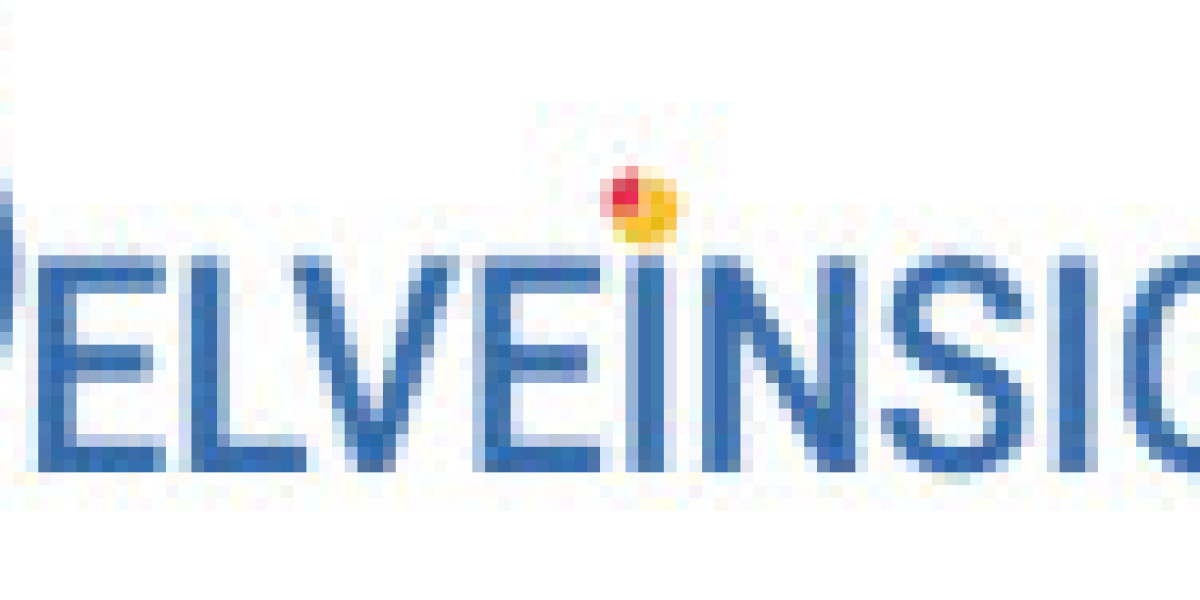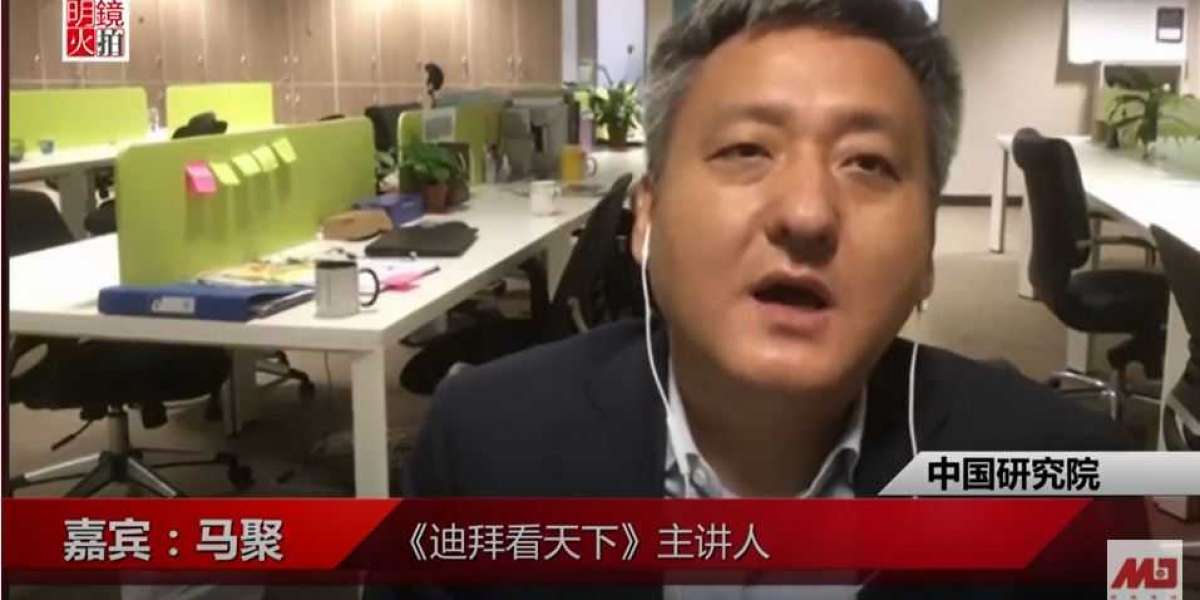The global Tension Control Market is poised to witness substantial growth over the forecast period, owing to the increasing demand for precision in web handling across industries such as printing, packaging, textiles, and paper manufacturing. According to Kings Research, Global tension control market size was valued at USD 832.8 million in 2024, which is estimated to be USD 857.7 million in 2025 and reach USD 1,079.1 million by 2032, growing at a CAGR of 3.33% from 2025 to 2032. Tension control systems are critical components in production lines where materials are processed in roll form, ensuring uniform tension and preventing material deformation or breakage.
Market Overview
Tension control systems regulate and maintain the tension of a web or continuous strip of material throughout the production process. These systems find applications in industries that require high-speed material processing with minimal errors and high efficiency. The systems include components such as load cells, brakes, clutches, controllers, and amplifiers that work in conjunction to monitor and adjust tension. The global adoption of tension control technologies is significantly influenced by growing industrial automation, quality control emphasis, and the increasing demand for flexible packaging materials.
Emerging Trends in the Tension Control Market
Several notable trends are currently shaping the future of the tension control market. Firstly, the integration of IoT-enabled sensors and smart controllers is making real-time monitoring and remote management of tension systems more efficient. This is particularly crucial for high-speed manufacturing where minimal downtime is essential. Secondly, the adoption of closed-loop tension control systems is rising as manufacturers seek better precision and lower product wastage.
In addition, the rise of sustainable packaging and biodegradable films has intensified the need for more advanced tension control mechanisms that can accommodate thinner, more sensitive materials without compromising on quality. Furthermore, miniaturization and compact designs in tension controllers are being favored to suit space-constrained industrial setups.
Rising Demand Across Industries
The surge in global demand for high-speed converting lines, automatic packaging machines, and flexographic and gravure printing presses has propelled the demand for tension control systems. Industries are increasingly prioritizing quality control, productivity, and cost-efficiency—parameters where tension control solutions play a pivotal role.
In the printing industry, tension control ensures accurate ink application and prevents wrinkles and web breaks. In textiles, consistent fabric tension leads to uniform dyeing and printing. Meanwhile, the lithium-ion battery manufacturing sector also utilizes tension control in separator films and electrode foils, supporting the booming EV industry.
Additionally, the flexible electronics and labeling industries are witnessing rapid adoption of advanced tension control systems due to the need for accurate alignment and minimal material stretch, directly contributing to reduced material waste and higher throughput.
Market Dynamics
Drivers:
The market is primarily driven by the need for improved operational efficiency, high production speeds, and lower material waste. The rise of smart manufacturing and Industry 4.0 practices has increased investments in automated tension control systems. Additionally, the packaging industry’s expansion, especially in emerging markets such as India, China, and Brazil, is playing a major role in supporting market growth.
Restraints:
Despite its advantages, the initial high installation and maintenance costs of advanced tension control systems remain a significant barrier, particularly for small and medium-sized enterprises. Moreover, technical complexities and the requirement of skilled professionals to operate these systems may hinder market penetration in some developing regions.
Opportunities:
The rapid digital transformation across industries opens up growth avenues for intelligent and adaptive tension control systems. The integration of AI and machine learning algorithms for predictive maintenance and automatic tension adjustments represents a lucrative opportunity for innovation.
Challenges:
One of the major challenges faced by manufacturers is adapting to the varying mechanical properties of different substrates, such as paper, film, or foil. Developing universal systems that work seamlessly with a variety of materials and machinery types remains complex and costly.
Future Outlook
The future of the global tension control market looks promising, particularly with the accelerating pace of automation and the increasing demand for flexible manufacturing solutions. As industries evolve and production lines become more sophisticated, tension control systems will play an even more central role in ensuring operational consistency and product quality.
Advancements in sensor technology, machine-to-machine communication, and predictive analytics will further bolster the integration of tension control systems in smart factories. Manufacturers that invest in research and development to provide user-friendly, energy-efficient, and adaptive systems are expected to gain a competitive edge in the coming years.
Key Market Players
The global tension control market is moderately fragmented, with several players competing based on technology, product innovation, pricing, and customer service. Some of the prominent players profiled in Kings Research’s latest report include:
Montalvo Corporation
Nexen Group, Inc.
Mitsubishi Electric Corporation
FMS Technology Inc.
Dover Flexo Electronics, Inc.
Erhardt+Leimer GmbH
Maxcess International Corporation
RE Spa
Zemic Europe B.V.
Rockwell Automation Inc.
These companies are continuously investing in product enhancements and geographical expansion to consolidate their market positions. For instance, Montalvo Corporation recently launched a new-generation digital tension controller with enhanced data logging capabilities and Ethernet connectivity.
Market Segmentation
Kings Research segments the global tension control market based on type, component, application, and region:
By Type:
Manual Tension Control
Automatic Tension Control
Automatic tension control dominates the market due to its high precision and adaptability in high-speed production environments.
By Component:
Load Cell
Controller
Dancer Roller
Brake
Clutch
Others
Load cells account for the largest market share, owing to their critical role in detecting and maintaining tension variations across different substrate types.
By Application:
Paper & Pulp
Flexible Printing & Packaging
Metal & Foil
Textiles
Others
The flexible printing and packaging segment holds a dominant position in the market due to the rising consumption of packaged goods globally, driven by e-commerce and the food & beverage industry.
Recent Developments
In 2023, Maxcess International introduced web handling solutions integrated with real-time analytics, reducing downtime and optimizing machine performance.
Erhardt+Leimer GmbH launched a compact controller system compatible with various web guide and tension measurement devices for enhanced automation in narrow-web printing applications.
Mitsubishi Electric expanded its MECHATROLINK-compatible tension control series, improving precision in roll-to-roll operations.
These developments underscore the strategic focus of key players on incorporating smart and adaptive features in their product lines to stay ahead of evolving industrial demands.
Regional Analysis
North America:
North America remains a significant market, with the United States accounting for the largest share. The region’s dominance is attributed to advanced manufacturing infrastructure, high adoption of automation, and the presence of key market players.
Europe:
Europe holds a substantial share of the market, with countries such as Germany, Italy, and the UK driving demand. The focus on eco-friendly packaging and sustainable manufacturing practices is fueling the adoption of modern tension control systems.
Asia-Pacific:
The Asia-Pacific region is expected to witness the fastest growth during the forecast period, primarily due to industrial expansion in China, India, Japan, and South Korea. Rapid urbanization, population growth, and increasing industrial investments are augmenting the region's manufacturing and packaging sectors.
Latin America:
Latin America shows moderate growth, driven by the expanding food and beverage industry and increasing investments in packaging technology. Brazil and Mexico are key contributors in the region.
Middle East & Africa:
The market in the Middle East & Africa is gradually growing as nations diversify from oil-based economies. The increasing focus on industrial automation and infrastructure development is driving the need for precision systems, including tension control.
Get Full Detailed PDF Report- https://www.kingsresearch.com/tension-control-market-2256
Conclusion
In conclusion, the global Tension Control Market is set for robust growth, fueled by industrial automation, evolving packaging demands, and the rise of smart factories. As industries increasingly rely on high-speed, precise, and efficient operations, tension control systems have become indispensable in ensuring product quality and minimizing wastage. Market players are anticipated to focus on innovation, particularly around AI-enabled systems, predictive maintenance, and IoT integrations, to meet the changing needs of modern industries.
Kings Research forecasts a bright outlook for the market, especially in emerging economies, as governments and private players invest heavily in upgrading manufacturing capabilities. The next decade will likely see a transformation in tension control technology, setting the stage for more resilient, intelligent, and adaptive production systems across the globe.
Browse To Related Article-
Homomorphic Encryption reshapes data privacy & security
How Japan’s 5G Glass Antennas Are Powering Safer, Smarter Cars
Why Sustainability Marketing Matters in 2025: Strategies for Brands Driving Real Impact
Crime Nabi: Japan’s AI System Pioneering the Future of Predictive Policing
The Future Is Spatial: How Advancements in Spatial Computing Are Redefining Digital Experiences








